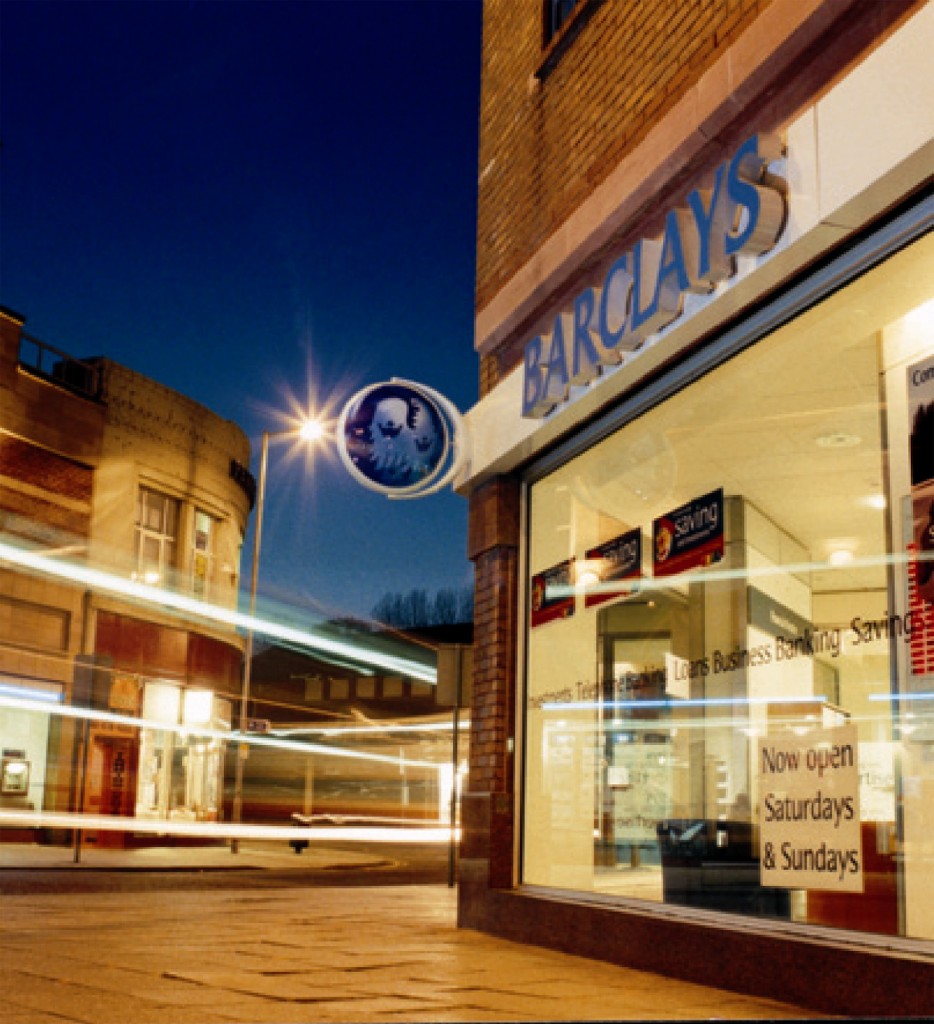
Average UK house prices increased by 3.5%, to £265,000, in the 12 months to April 2025. This annual growth was down from 7% in the 12 months to March 2025.
As the latest Office for National Statistics data reveals, this is the first slowing of UK annual house price inflation since December 2023.
According to the ONS, this was caused by a price fall between March 2025 and April 2025, which coincided with Stamp Duty Land Tax (SDLT) changes.
ONS maintains that the April 2025 SDLT changes led to temporarily higher average house prices in March 2025 because buyers were motivated to complete purchases before the changes came into effect.
A similar pattern was observed in autumn 2021, when volumes and average prices increased before the October 2021 SDLT changes.
On a regional basis, average house prices increased to £286,000 (3.0%) in England, £210,000 (5.3%) in Wales, and £191,000 (5.8%) in Scotland in the 12 months to April 2025.
Commenting on the latest figures Finova chief revenue officer, Chris Little, , said: “The resilience in house prices, despite April’s stamp duty changes, reflects the underlying strength of the UK housing market. While we might typically expect a post-tax break slowdown, demand has remained steady, supported by accumulated savings and a continued appetite from buyers.
“Looking ahead, much will hinge on the pace of interest rate cuts, future income growth, and inflation trends, with tomorrow’s Bank of England decision likely to hold steady but watched closely for signs of easing.”
Jackson-Stops chairman Nick Leeming said recent price growth reflected sustained buyer confidence, partly as a natural consequence of the surge in activity ahead of March’s Stamp Duty deadline. “However, stubborn inflation is likely to prevent mortgage rates from falling as quickly as hoped. Buyers are hesitant amid mounting household financial pressures and wider economic uncertainty. On top of that, asking prices will need to reflect the current reality where supply is beginning to outweigh demand. That said, demand is expected to improve later this year as more interest rate cuts move onto the Bank of England’s radar.”
Foxton’s chief sales officer Jean Jameson said: “After a strong Q1, May was a month of rebuilding – both in terms of applicant numbers and vendor activity. We’re encouraged by the renewed engagement from sellers and buyers alike. It’s a steady foundation to build on going into summer.”
Richmond estate agency Antony Roberts head of sales Amy Reynolds said that the modest uptick in property prices was to be expected given that the spring/summer market is traditionally a time when people move and the market is at its busiest.
“Unfortunately, another interest rate cut this week is unlikely given the inflation figures, which is disappointing as a half-point cut would stimulate growth.
“However, there’s still plenty of money and desire to buy in the core price ranges. Surprisingly, we are seeing a rise in first-time buyer activity even though the stamp duty holiday has ended. Many are receiving help from family and are likely being driven by the pressures in the rental market, where demand far exceeds supply and rental listings have dropped sharply as landlords exit the sector.”



